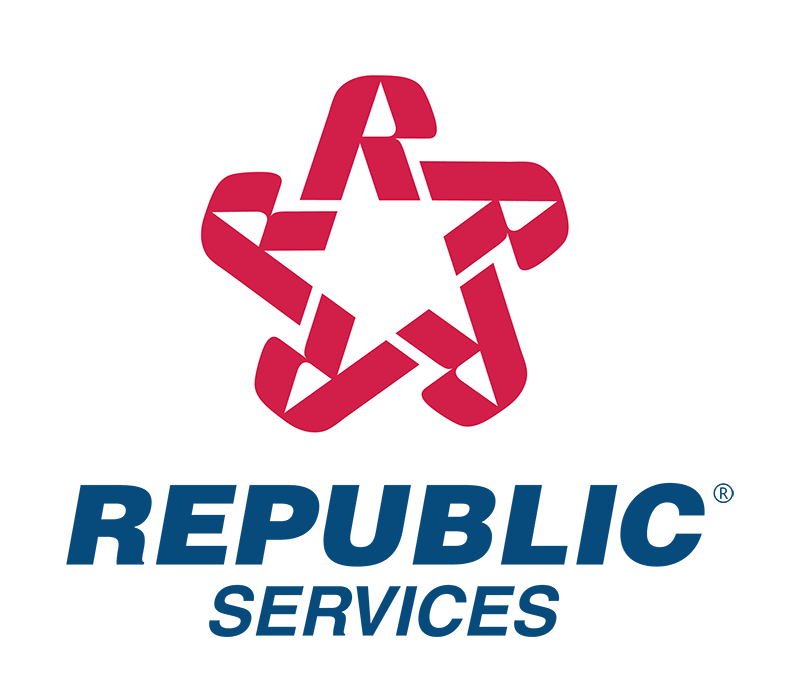
Safe and Secure PFAS Disposal? We Got This.
Republic Services Provides PFAS Solutions that End the Mobility Cycle. Long Term Secure Disposal Options Available through Arid Climate Containment with Zero Discharge.Byline: BTB Editor
January 19, 2024 / Time to read: 5 minutesRegulations and guidance for proper PFAS disposal is constantly evolving, and compliance with regulations is critical for your organization — otherwise, you risk fines, lawsuits and damage to your community. While you don’t need to understand all the ins and outs of PFAS disposal to do your part, having a general idea of the process can help you choose the right vendor.
We can help with that. With our acquisition of US Ecology, Republic Services® has expanded our Environmental Solutions — including PFAS disposal. Here’s why proper PFAS disposal is important, how it works and how we can help.
What is PFAS?
PFAS stands for per- and polyfluoroalkyl substances, a group of chemicals, also called “forever chemicals”, which have been used in a wide variety of products and applications since the 1940s. PFAS compounds are persistent in the environment and resistant to environmental degradation and need to be carefully disposed of.
Two of the most common — Perfluorooctanoic Acid (PFOA) and Perfluorooctane Sulfonate (PFOS) — are often replaced with alternatives in the U.S. But there are many others still in use, and disposing of them properly helps keep hazardous waste from building up in the environment — and our bodies.
Where does PFAS come from?
PFAS is used in many commonly used items, including:
- Aqueous Film Forming Foam (AFFF), used in fire fighting
- The byproducts of manufacturing processes such as chrome plating, creating electronics and producing some types of fabric and paper
- Food wrappers such as fast food containers, pizza boxes and microwave popcorn bags
- Household cleaning products, non-stick cookware, paints, varnishes and sealants
- Some shampoo, dental floss and cosmetics
- Waterproof fabrics and waterproofing products
- Fertilizer
What happens if PFAS isn’t disposed of properly?
Because PFAS is so common, improperly disposed of PFAS has been found in both drinking water and contaminated fish and livestock. Exposure to high levels of PFAS has been linked to multiple health risks. That’s why it’s so important to dispose of PFAS properly and in accordance with government guidance.
Disposing of PFAS
There are several ways to dispose of PFAS, but one of the most secure ways is to use a Subtitle C landfill, which is specifically designed for hazardous waste and follows federal guidelines for its construction and maintenance.
Using a Subtitle C landfill
A Subtitle C landfill consists of two synthetic liners and two compacted clay layers to prevent leachate — rainwater that has filtered through the waste and picked up hazardous materials along the way. Containing leachate is critical for preventing groundwater contamination, so Subtitle C landfills also have leak detection, alert, prevention and removal features.
Often, Subtitle C landfills are in arid climates with some of the highest net evaporation rates and extremely low humidity, far from the groundwater supplies of municipal areas — like our Beatty, Nevada and Grand View, Idaho facilities. But they don’t need to be. Our Subtitle C Belleville, MI facility also offers secure PFAS disposal. The secure disposal with zero discharge methodology prevents any PFAS from being released into the environment and ends the mobility cycle of PFAS impacts. Our Subtitle C landfills also include a 12” protective soil layer to prevent hazardous particles from being dispersed by the wind.
PFAS filtration
PFAS can be filtered out of contaminated liquids or solids using one of three methods:
Thermal filtration : Heat is used in various ways to break the chemical bonds of PFAS and remove harmful particles. Our thermal treatment facility is in Alaska.- Carbon filtration: Uses Granular Activated Carbon Systems (GACS) to filter out shorter PFAS molecules.
- Ion exchange resin filtration: Positively charged resins attract the negatively charged particles in PFAS to separate them out.
With some PFAS disposal methods, leachate is created, and the leachate requires treatment. Our Belleville, MI landfill has leachate treatment facilities, for example.
If filtration isn’t possible, the contaminated liquid and liquid-phase waste must be contained in a Class 1 injection well facility — such as the ones we have in Winnie, Texas and Romulus, Michigan.
You can count on Republic Services for safe and secure disposal of PFAS
Republic Services offers a full suite of PFAS disposal services, including:
- Two Subtitle C landfills with net zero leachate such as those in Beatty, Nevada, Grand View, Idaho and Belleville, Michigan.
A Class 1 injection sites for liquid and liquid-phase waste in Winnie, Texas and Romulus, Michigan- Treatment for our own leachate
- Complete, turnkey solutions for remediation, transportation and other hazardous waste disposal solutions.
Types of PFAS waste accepted
Our facilities accept PFAS waste from a variety of sources, including:
- AFFF, firefighting foam, fire extinguishers, fire suppression systems and fire-related debris
- Contaminated or impacted soil, sludge and biosolids
- Liquid and liquid-phase waste
- Wastewater, leachate and filter cake
Why Republic Services
We’ve been an environmental solutions leader for over 70 years, and we’ve helped communities safely dispose of large quantities of PFAS-contaminated waste:
- As the exclusive environmental solutions provider for Michigan’s Department of Environment, Great Lakes, and Energy (EGLE), we’ve accepted more than 24,000 gallons of AFFF (a kind of PFAS) for secure containment in our Grandview, Idaho landfill.
- During a West Coast fuel tank fire, we accepted nearly 2.5 million gallons of PFAS contaminated wastewater to dispose of in our Beatty, Nevada landfill.
If you’re in need of safe and reliable PFAS disposal, Republic Services can help. From our expansive footprint of facilities to our turnkey solutions, we can ensure your PFAS waste has the least possible impact on the environment — and your organization.
